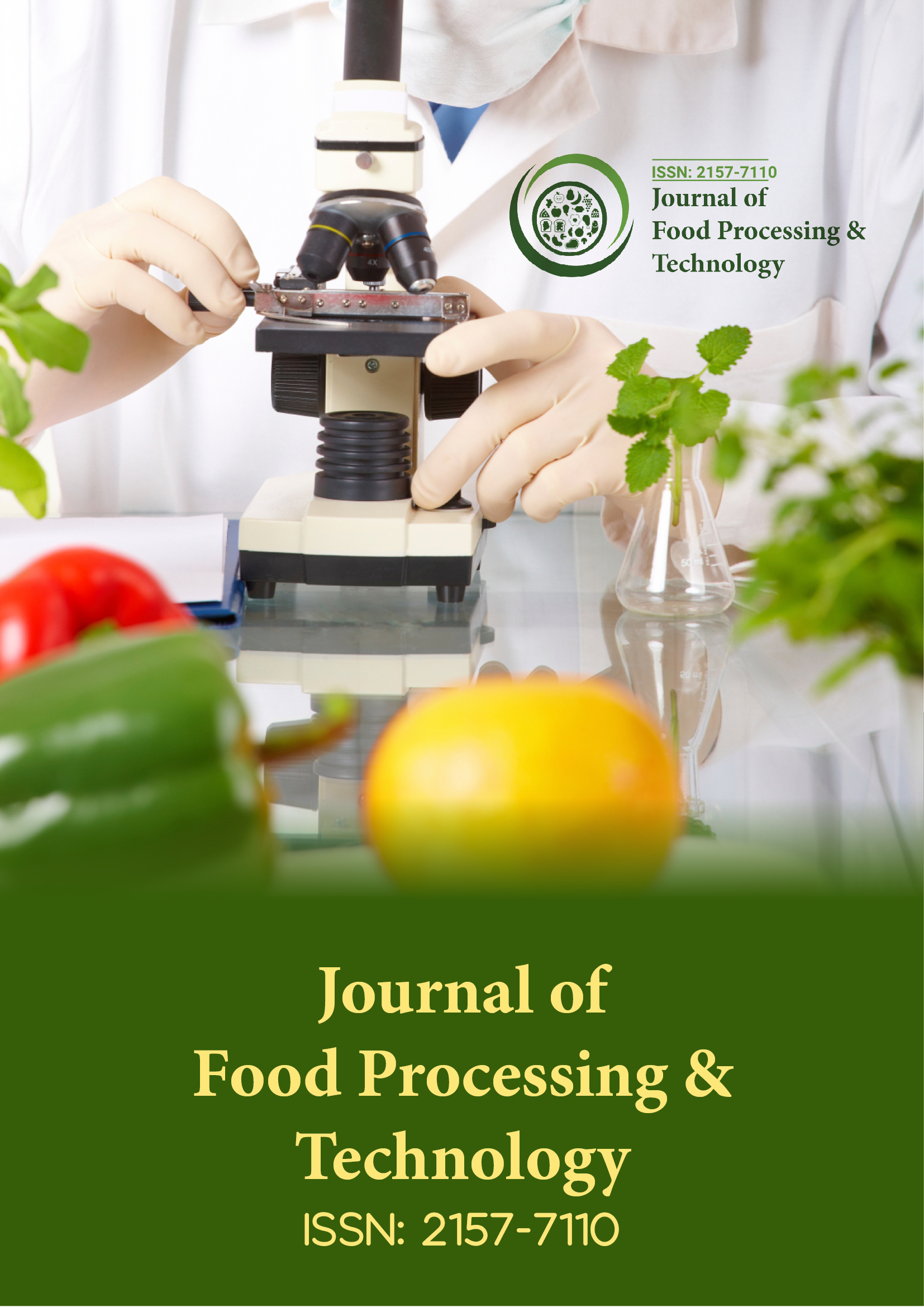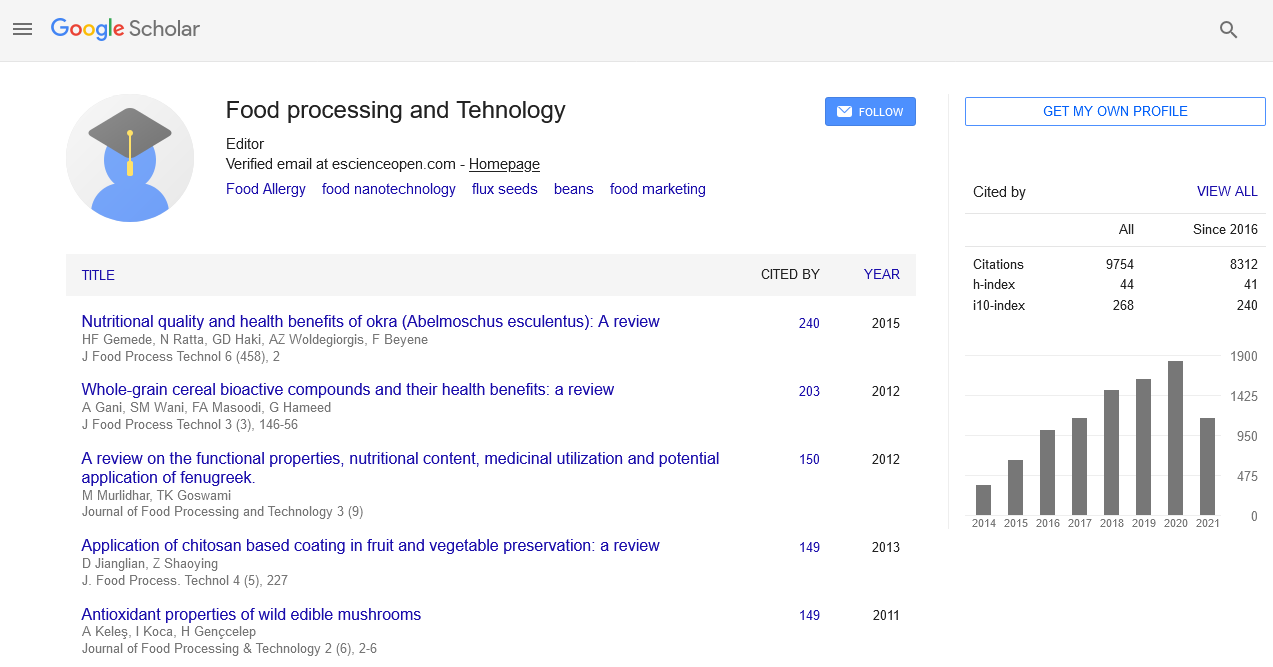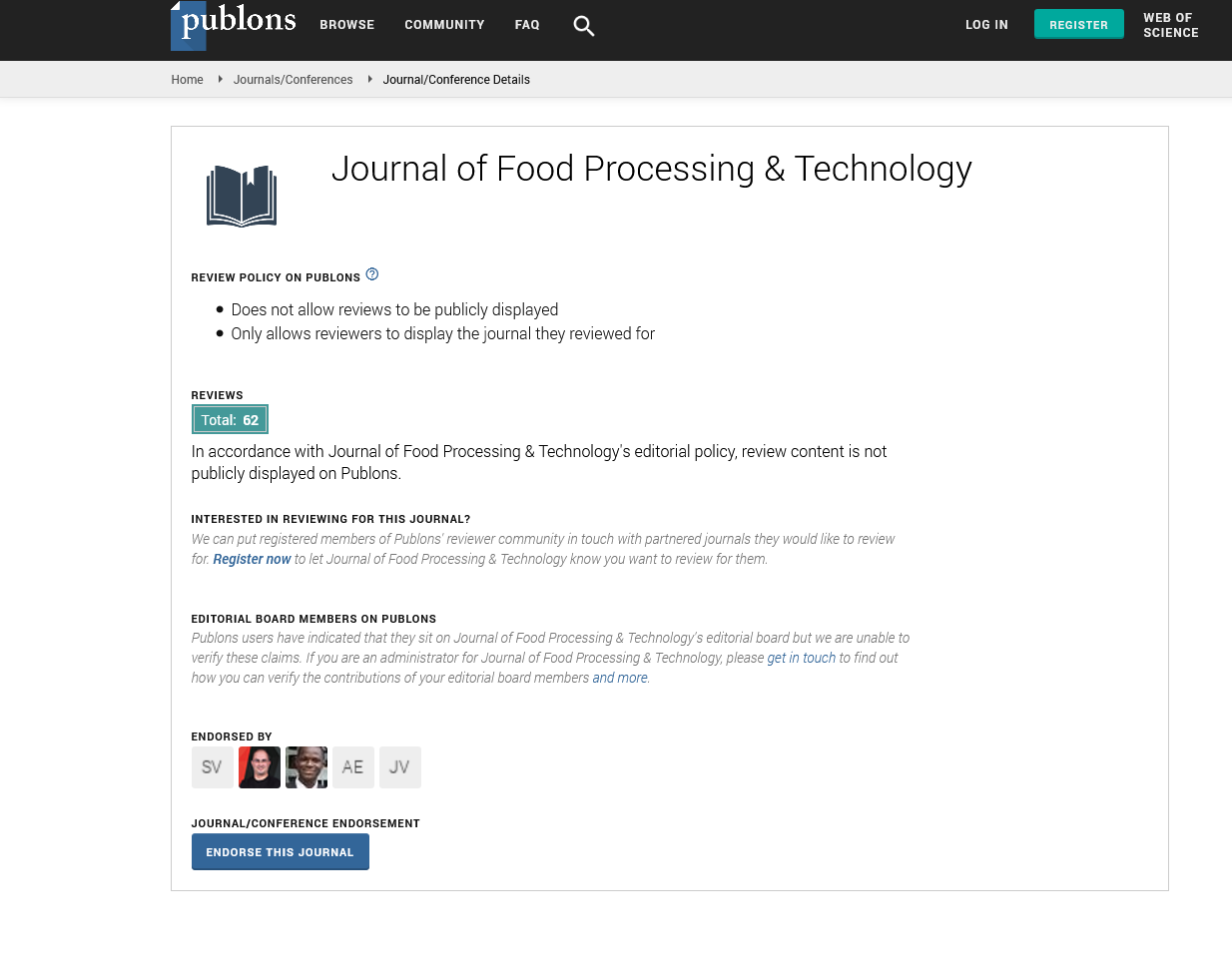Indexed In
- Genamics JournalSeek
- Academic Keys
- JournalTOCs
- China National Knowledge Infrastructure (CNKI)
- Access to Global Online Research in Agriculture (AGORA)
- Centre for Agriculture and Biosciences International (CABI)
- RefSeek
- Directory of Research Journal Indexing (DRJI)
- Hamdard University
- EBSCO A-Z
- OCLC- WorldCat
- Scholarsteer
- SWB online catalog
- Publons
- Euro Pub
- Google Scholar
Useful Links
Share This Page
Journal Flyer

Open Access Journals
- Agri and Aquaculture
- Biochemistry
- Bioinformatics & Systems Biology
- Business & Management
- Chemistry
- Clinical Sciences
- Engineering
- Food & Nutrition
- General Science
- Genetics & Molecular Biology
- Immunology & Microbiology
- Medical Sciences
- Neuroscience & Psychology
- Nursing & Health Care
- Pharmaceutical Sciences
Abstract
Use of Nisin- Producing Starter Cultures of Lactococcus lactis subsp. lactis on Cereal Based- Matrix to Optimize Preservative Factors over Fish Fermentation at 30°C Typical to Senegal
Diop MB, Destain J, Alvrez VB, Kone MA and Thonart P
This study describes an application of bacteriocinogenic lactic acid bacteria to improve preservative factors over fish fermentation based on the most frequently used technique in Senegal. Traditional fish fermentation performed by immersion in salted sea water and incubation at 30°C for 24 to 48h to develop flavor, is characterized by a pH value around 7. The process led to the growth of Enterobacteriaceae to reach 9 log CFU/g.
Four bacteriocinogenic lactic acid bacteria characterized in previous works were screened for decarboxylation activities. Only cultures of two Lactoccus lactis subsp. lactis (CWBI-B1410 and CWBI-B1426) producing nisin, a heat stable antibacterial peptide, did not produce histamine and tyrosine regarded as undesirable compounds on seafood products. The two lactococcal starter cultures grew well on a substrate based on millet, a local cereal. The AU/ml minimum inhibitory concentration of the antibacterial neutralized supernatant of the bacteriocinogenic starter cultures against Listeria monocytogenes was lower to those of many food poisoning or spoilage bacteria.
Then, pieces of lean (Podamassys jubelini) and fat (Arius heudelottii) fish inoculated with 104-5 CFU/g of Listeriamonocytogenes, were immersed in the millet flour based substrate seeded with 105-6 CFU/g pure cultures of the nisinogenic bacteria to evaluate the control of the fermentation at 30°C. Listeria monocytogenes contaminated fish samples immersed in the millet-based substrate without starter cultures addition were used as negative controls.
The starter culture fermentation gave the lowest fish pH reading. The pH was dropped and maintained to a final level lower to the minimum value for the growth of many Enterobacteriaceae genera reported in spoiled fish. The growth of Listeria monocytogenes was significantly inhibited by starter cultures compared to that in the negative controls.
These results indicate that cultures of the two nisin producers on the new formulated matrix can be used to improve fish fermentation in Senegal.


